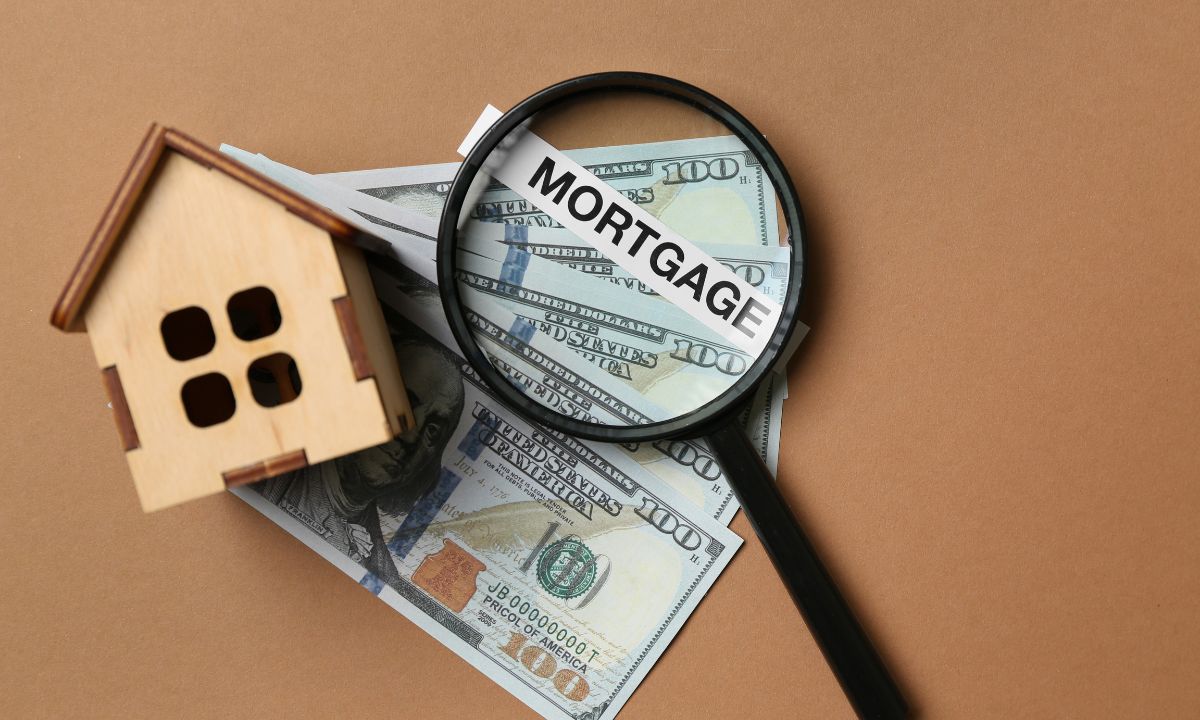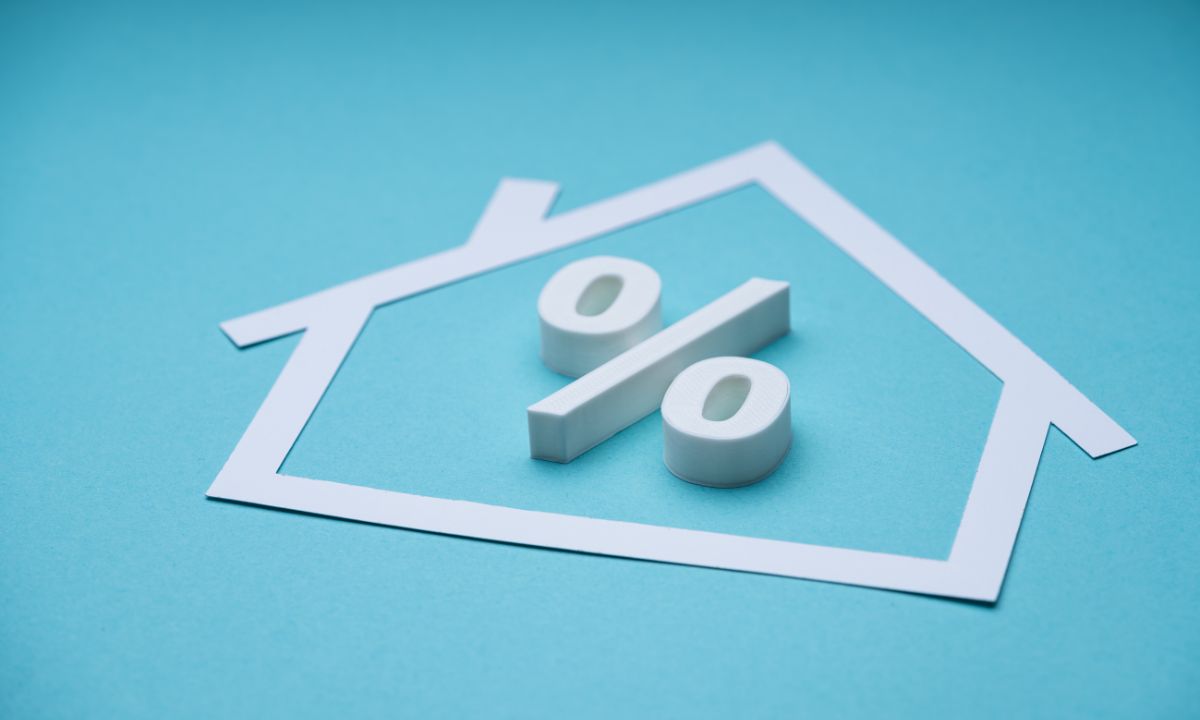Understanding Hidden and Non-Hidden Mortgage Fees
 When navigating the mortgage process, understanding the various fees involved is crucial for accurate financial planning. Mortgages come with a range of fees, some of which are clearly outlined and others that may not be immediately obvious. We will explore both hidden and non-hidden mortgage fees, providing insights into how they impact the total cost of your loan.
When navigating the mortgage process, understanding the various fees involved is crucial for accurate financial planning. Mortgages come with a range of fees, some of which are clearly outlined and others that may not be immediately obvious. We will explore both hidden and non-hidden mortgage fees, providing insights into how they impact the total cost of your loan.
Non-Hidden Mortgage Fees
Non-hidden fees are those that are clearly outlined in your loan agreement and are typically part of the initial cost of securing a mortgage. These fees are transparent and essential for completing the mortgage process.
- Origination Fee:
- Description: This fee is charged by the lender for processing your loan application. It usually ranges from 0.5% to 1% of the loan amount.
- Impact: It is a one-time fee paid at closing and is a direct cost of securing the mortgage.
- Appraisal Fee:
- Description: An appraisal fee is paid to a professional appraiser to determine the value of the property you are purchasing.
- Impact: This fee, typically ranging from $300 to $600, is necessary to ensure the property’s value supports the loan amount.
- Title Insurance:
- Description: Title insurance protects the lender and/or borrower against any legal issues that may arise with the property’s title.
- Impact: Costs vary by location but generally range from $400 to $1,000. It is paid at closing and is crucial for protecting ownership rights.
- Credit Report Fee:
- Description: This fee covers the cost of obtaining your credit report to assess your creditworthiness.
- Impact: Typically ranging from $30 to $50, this fee is usually paid upfront as part of the loan application process.
- Escrow Fees:
- Description: Escrow fees are charged for managing the escrow account, which holds funds for property taxes and insurance.
- Impact: These fees can range from $300 to $700 and are paid at closing. They ensure that funds are available for future expenses related to the property.
Hidden Mortgage Fees
Hidden fees are those that may not be immediately apparent or clearly disclosed in the initial loan agreement. These fees can significantly affect the overall cost of the mortgage and are often revealed only after closer scrutiny.
- Private Mortgage Insurance (PMI):
- Description: PMI is required if your down payment is less than 20% of the home’s purchase price. It protects the lender in case of default.
- Impact: PMI can add $100 to $200 per month to your mortgage payment. It’s often not highlighted upfront but can significantly increase your overall mortgage cost.
- Prepayment Penalties:
- Description: Some loans include penalties if you pay off your mortgage early, whether through refinancing or additional payments.
- Impact: These penalties can be a percentage of the remaining balance or a set number of months’ worth of interest. They are not always clearly disclosed and can affect your decision to pay off your loan early.
- Underwriting Fees:
- Description: Underwriting fees cover the cost of evaluating and approving your loan application. They are sometimes rolled into the origination fee but can be a separate charge.
- Impact: These fees typically range from $300 to $600 and may not be clearly separated in the initial fee disclosures.
- Document Preparation Fees:
- Description: Fees for preparing the legal documents required for closing the loan. These can sometimes be hidden in the overall closing costs.
- Impact: Typically ranging from $100 to $300, these fees ensure that all legal paperwork is correctly handled.
- Loan Servicing Fees:
- Description: Some lenders charge fees for servicing the loan after it is issued, which may include managing the account or handling payments.
- Impact: These fees can vary but are often included in the fine print of your loan agreement.
Understanding both hidden and non-hidden mortgage fees is essential for accurate financial planning and avoiding unexpected costs. By being aware of these fees, you can make more informed decisions and better manage your mortgage expenses.
#MortgageFees #HiddenFees #LoanCosts #MortgageOriginationFee

 When it comes to mortgages, interest rates play a crucial role in determining your monthly payments and the total cost of your loan. While fixed-rate mortgages offer stable payments, adjustable-rate mortgages (ARMs) can fluctuate with market conditions, leading to significant variations in your financial obligations over time. Understanding how interest rate changes impact your mortgage can help you better prepare for the future.
When it comes to mortgages, interest rates play a crucial role in determining your monthly payments and the total cost of your loan. While fixed-rate mortgages offer stable payments, adjustable-rate mortgages (ARMs) can fluctuate with market conditions, leading to significant variations in your financial obligations over time. Understanding how interest rate changes impact your mortgage can help you better prepare for the future. In recent years, the demand for eco-friendly living has surged, with more homebuyers seeking properties that are energy-efficient and environmentally conscious. This growing trend has given rise to eco-friendly mortgages, also known as green mortgages. These specialized loans offer financial incentives for purchasing or upgrading to energy-efficient homes, benefiting both buyers and the environment.
In recent years, the demand for eco-friendly living has surged, with more homebuyers seeking properties that are energy-efficient and environmentally conscious. This growing trend has given rise to eco-friendly mortgages, also known as green mortgages. These specialized loans offer financial incentives for purchasing or upgrading to energy-efficient homes, benefiting both buyers and the environment. Life is full of significant transitions, and major life events such as divorce, inheritance, or starting a business can deeply affect your financial landscape, including your mortgage. Understanding how these changes impact your mortgage options and financial planning can help you make informed decisions and manage your home loan effectively.
Life is full of significant transitions, and major life events such as divorce, inheritance, or starting a business can deeply affect your financial landscape, including your mortgage. Understanding how these changes impact your mortgage options and financial planning can help you make informed decisions and manage your home loan effectively. The week for the Federal Reserve’s rate decision has finally come. This is the week everyone has been waiting which will decide whether we will see any rate cuts this year. There has been a lot of speculation that this will be the first rate cut and likely more in the future. With the Federal Reserve giving hints the data has been on track, the outcome of one seems very likely. With the previous week’s CPI and PPI statistics coming in, which both were slightly warmer than expected, the data still largely shows that inflation has been kept under control. This may affect the decision, but ultimately throughout the year, the data has been consistent with few surprises. The week rounded out with the Consumer Sentiment data reports showing favorable results, indicating that the current state of the economy is in a neutral position in the eyes of the average consumer.
The week for the Federal Reserve’s rate decision has finally come. This is the week everyone has been waiting which will decide whether we will see any rate cuts this year. There has been a lot of speculation that this will be the first rate cut and likely more in the future. With the Federal Reserve giving hints the data has been on track, the outcome of one seems very likely. With the previous week’s CPI and PPI statistics coming in, which both were slightly warmer than expected, the data still largely shows that inflation has been kept under control. This may affect the decision, but ultimately throughout the year, the data has been consistent with few surprises. The week rounded out with the Consumer Sentiment data reports showing favorable results, indicating that the current state of the economy is in a neutral position in the eyes of the average consumer.